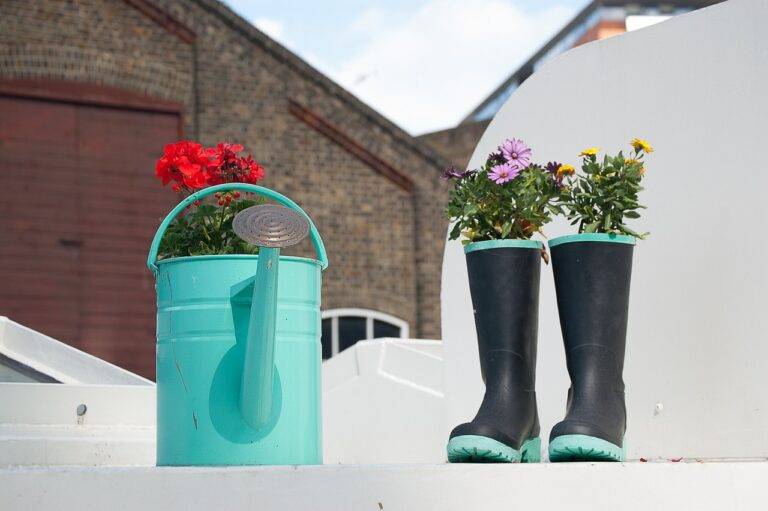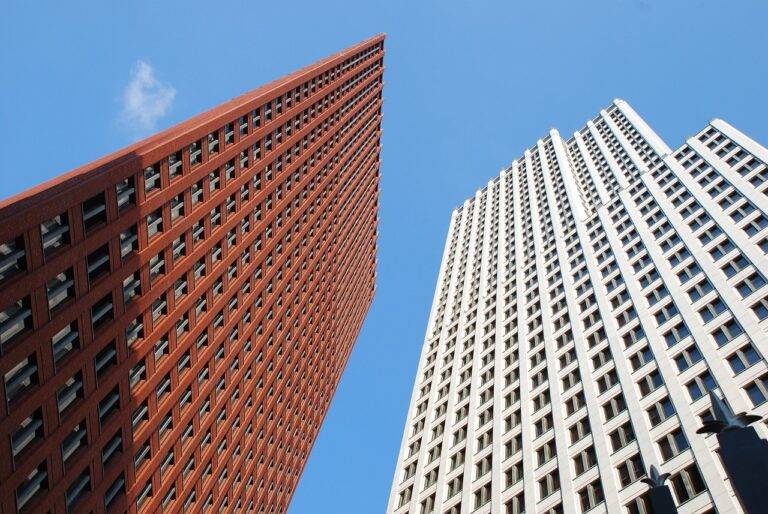The Beauty of Biophilic Design: Bringing Nature Indoors
Biophilic design is a concept that seeks to connect people with nature through the built environment. By integrating natural elements like plants, natural light, water features, and organic materials into indoor spaces, biophilic design aims to create environments that enhance well-being and productivity. This design approach is rooted in the idea that humans have an innate connection to nature, and that by incorporating elements of the natural world into our surroundings, we can improve our overall quality of life.
Research has shown that biophilic design can have a range of positive effects on individuals, from reducing stress and anxiety to improving cognitive function and creativity. By bringing elements of nature into indoor spaces, such as offices, schools, and healthcare facilities, designers can create environments that help people feel more relaxed, focused, and inspired. In an increasingly urbanized world where many people spend the majority of their time indoors, biophilic design offers a way to reconnect with the natural world and create healthier, more harmonious living and working environments.
The Benefits of Incorporating Nature into Indoor Spaces
Natural elements have the remarkable ability to improve overall well-being and productivity in indoor spaces. Studies have shown that incorporating nature into our environments can reduce stress levels, boost creativity, and enhance cognitive function. By bringing elements such as plants, natural light, and water features into interior spaces, individuals can experience improved mental clarity and increased feelings of calmness.
Furthermore, the presence of nature indoors can contribute to a healthier indoor environment by purifying the air and regulating humidity levels. Plants act as natural air purifiers by absorbing toxins and releasing oxygen, creating a fresher and cleaner atmosphere. This not only enhances the aesthetic appeal of the space but also promotes better respiratory health and overall comfort for occupants.
Key Elements of Biophilic Design
Biophilic design is characterized by the seamless integration of natural elements into indoor spaces, fostering a sense of connection with the outdoors. One key element of biophilic design is the incorporation of natural light through ample windows and skylights. This not only enhances the aesthetic appeal of a space but also contributes to the well-being of its occupants by promoting a healthy circadian rhythm and reducing reliance on artificial lighting.
Another essential element of biophilic design is the utilization of natural materials such as wood, stone, and plants. These elements bring a touch of nature indoors, creating a soothing and calming environment. By incorporating these materials thoughtfully and strategically, designers can evoke feelings of tranquility and relaxation, ultimately enhancing the overall experience of those inhabiting the space.





